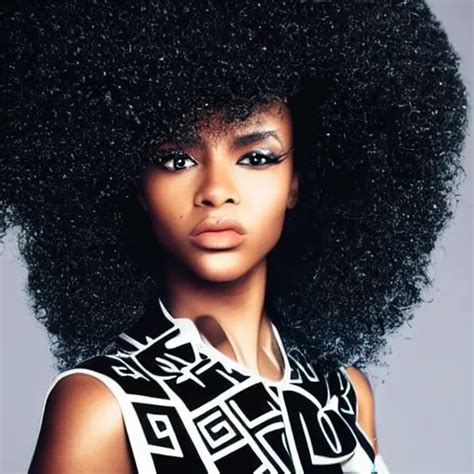Introduction:

Hats with hair, known as “hair hats” or “hairpieces,” have been a part of human culture for centuries, serving various purposes from fashion to functionality. This article delves into the rich history, diverse applications, and evolving trends of hat with hair.
History of Hat with Hair
Hair hats have been documented as far back as 3,000 years ago in ancient Egypt, where elaborate headdresses with synthetic or human hair were worn by royalty and elites as a symbol of status. The practice spread to other civilizations, such as Greece, Rome, and China, where hat with hair evolved into a fashionable accessory.
Ancient Egypt:
- Hair hats were made from sheep’s wool, linen, and papyrus fibers, often adorned with beads and pendants.
- The most elaborate headdresses were worn by pharaohs and deities, signifying their power and divinity.
Ancient Greece and Rome:
- Hair hats were used by both men and women as a form of hair extensions, adding volume and style to their natural hair.
- Greek headdresses, known as “stephane,” were often made of gold or silver, while Roman “galeri” were decorated with vines and flowers.
Ancient China:
- Hair hats were worn by wealthy women to enhance their beauty and conceal gray hair.
- Elaborate headdresses, known as “fenghuanggua,” were adorned with pearls, jade, and gold filigree.
Applications of Hat with Hair
Throughout history, hat with hair have served diverse purposes:
Fashion:
- Hair hats are primarily worn as a fashion accessory to complement an outfit or create a specific style.
- They can enhance hair volume, length, or color, allowing individuals to experiment with different looks.
Functionality:
- Hair hats can provide warmth and protection from the elements, especially in colder climates.
- They can also serve as a practical way to cover up hair loss or conceal hair damage.
Cultural Expression:
- Hair hats have been used in various cultures to represent religious beliefs, cultural traditions, and social status.
- They can convey messages about a person’s identity, values, and community affiliations.
Creative Applications of Hat with Hair
The concept of hat with hair has inspired innovative applications beyond traditional fashion and functionality:
- Hair Hat Therapy: Hair hats made from donated hair are used to provide comfort and emotional support to cancer patients undergoing chemotherapy.
- Hair Hat Art: Artists have created elaborate and imaginative sculptures using hair hats as a medium, exploring themes of identity, self-expression, and societal norms.
- Hair Hat Prosthetics: Hair hats can be used as prosthetic devices to restore hair growth in individuals who have lost their hair due to medical conditions or alopecia.
Strategies for Choosing the Perfect Hair Hat
- Consider your face shape and hairstyle: Choose a hair hat that complements your facial features and works well with your natural hair texture.
- Match the color and style to your outfit: Select a hair hat that complements the colors and patterns in your clothing.
- Think about the occasion: Choose a hair hat that is appropriate for the setting and event you are attending.
- Experiment with different styles: Don’t limit yourself to one type of hair hat. Explore various designs, colors, and materials to find what suits you best.
Common Mistakes to Avoid
- Wearing a hat that is too large or small: A hair hat that is too large will appear sloppy, while one that is too small will be uncomfortable to wear.
- Not considering your hair texture: Choose a hair hat that is designed for your specific hair type, whether it is straight, curly, or wavy.
- Matching the hair hat color exactly to your hair: Slight variations in color can add a touch of depth and interest to your look.
- Overloading the hair hat with accessories: Keep the accessories on your hair hat minimal to avoid overwhelming your outfit.
Pros and Cons of Hair Hats
Pros:
- Enhances hair volume, length, or color
- Protects from the elements
- Conceals hair damage or loss
- Expresses cultural identity and values
- Provides comfort and support to cancer patients
Cons:
- Can be expensive
- Requires maintenance and care
- May not be suitable for all hairstyles or face shapes
- Can be uncomfortable to wear for extended periods
Conclusion
Hat with hair have played a significant role in human history, serving both fashion and functional purposes. From the elaborate headdresses of ancient civilizations to the modern-day hairpiece extensions, hair hats continue to evolve and inspire creativity. By understanding the history, applications, and strategies for choosing and wearing hair hats, individuals can enhance their style, express their individuality, and discover new and innovative ways to use this versatile accessory.
